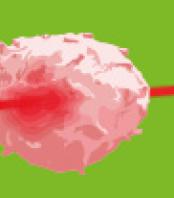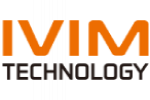This laboratory has developed methods for culture of fetal telencephalon-derived hNSC in multilayers by seeding on tissue culture-treated but otherwise unmodified plastic sur-faces at relatively high densities. Multilayers are inter-mediate between monolayers and neurospheres-cells interact with each other in local aggregations or clusters but also with the substrate via lamellipodia extending toward adjacent cell clusters. Proliferation expands the cluster area horizontally along the substrate as well as vertically in each expanding cluster. Migration of cells between clusters along the lamellipodia and subsequent proliferation is hypothe-sized to eventually unify previously discrete clusters. This culture mode produces large numbers of hNSC compared to both neurospheres and monolayers with the resulting cells suitable for differentiation control and transplantation. As culture of hNSC in multilayers is much less studied than monolayers and neurospheres, the present work explores quantitative parameters for successful propagation and main-tenance of hNSC in this culture modality. Understanding these parameters will further acceptance of this technique for the realization of these advantages.
Cells were transilluminated in brightfield at an oblique angle through the plastic dish cover with a white LED on a flexible cable. After plating, the dish was placed on the stage of the microscope inside a 37 °C incubator, a field of view was brought into focus, and successive images were acquired and stored as bitmaps at time intervals of 5 or 10 min for a collec-tion period of up to 14 days with custom software (LumaView). Image files were assembled into movies with Adobe Premier 6.5. In brief, each 4 MB bitmap image (1,280 × 800 pixels) in a time-lapse series was replicated into five successive video frames (760 × 480 pixels). The result-ing sequence of video frames was compressed by an MPEG-1 codec into a movie for playback at 30 frames per second. Total time-lapse collection periods and movie durations are noted in each movie legend.
Read more




































